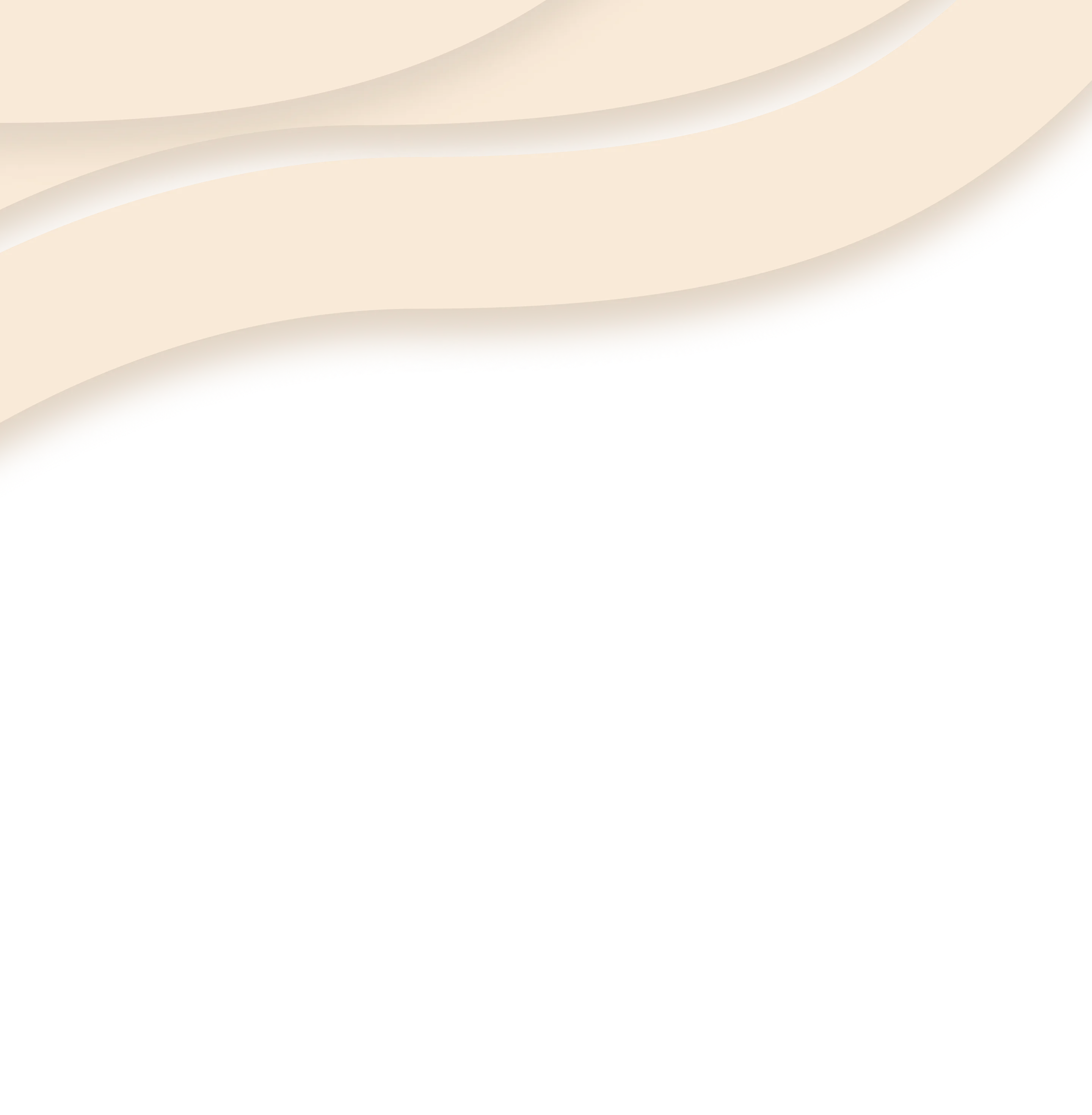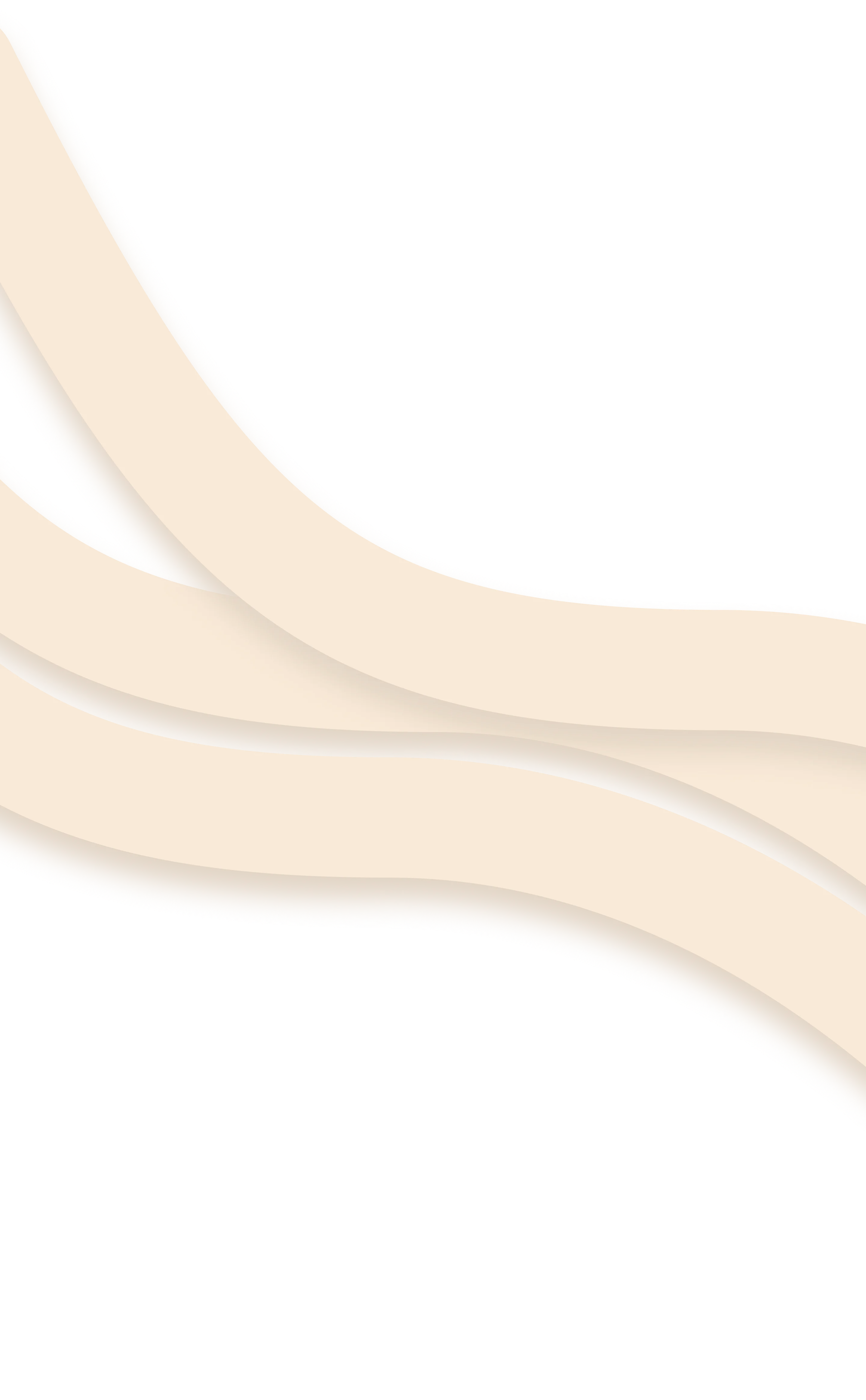HONORING THE WISDOM OF OUR ANCESTORS
When I was approached by Lifespeak to do a Blog for Canada’s Indigenous People’s Day on June 21st, I was incredibly humbled, but I thought to myself, “In what position am I really to do this?” I may be considered an expert in my field as a psychologist specializing in the neuroscience of trauma and resilience, but I am nowhere near a knowledge or wisdom keeper for the Indigenous community. I am Métis on my father’s side, with ancestral roots in the Red River area (British Columbia, Canada), and my mother is of European descent. I am still reconnecting with my Métis culture, and working on learning about my children’s Cherokee/Muscogee culture on their father’s side.
My cultural identity has been an important part of my healing journey, and I am a strong believer in cultural humility, and taking a “learner seat” rather than a cultural competency or sensitivity seat. With this in mind, I decided to co-create this blog with an Elder who is considered a knowledge-keeper, and partnered with her to weave together neuroscience and traditional Indigenous teachings and knowledge. In my experience, most things I had studied about trauma and healing in neuroscience actually reflected teachings I had learned from Indigenous friends, colleagues, clients, youth, and Elders.
So Ruth Adams (Xwasteniya), a respected First Nations Elder from Tsawwassen First Nation (the Treaty Nation that I have the privilege to work on) agreed to have a conversation together and share stories, which is in keeping with our oral tradition. What follows is a summary of our conversation, with her permission and collaboration:
THE AFTEREFFECTS OF COLONIZATION AND CANADA’S INDIAN ACT
Let us start by acknowledging the history of colonization and its catastrophic effects on Indigenous peoples in North America, and many other places around the world. In order to understand the mental health of Indigenous peoples today, we need to look back. Ruth talked about the Indian Act that the federal government created in 1867 to assimilate First Nations people, essentially with the intention of cultural genocide. Still in existence today, Canada’s Indian Act controls most aspects of life for First Nations peoples (excluding Inuit or Métis communities) including things like “status” – who is seen as First Nations in the eyes of the government, land, resources, governance, and education.
The Indian Act has been changed and amended over the years. In 1884, it was used by the federal government to ban potlatches, which celebrated important occasions and served critical roles in the distribution of wealth and resources, as well as sacred ceremonies such as the Sun Dance soon after. It prevented First Nations people from being able to gather in groups of more than 5 people and prohibited them from hiring lawyers so they could defend themselves and their land. Historically, under the Indian Act, if you earned a university degree, you lost your status. If you were a woman who married a non-status man, you lost your status. If you fought in the war, you lost your status. In fact, even now, we are a couple of generations away from losing First Nations “status”, unless there’s marriage with other First Nations. Ruth stated, “They can’t take away our indigeneity”, and said that she hopes when the government fails Indigenous people regarding status, that her Treaty will protect her and the next generations.
Because of this, and the other impacts of colonization, the physical, mental, emotional, and spiritual health of Indigenous peoples in Canada has been traumatically impacted: loss of lands, loss of traditional economies and governance structures, loss of traditional foods, loss of language and culture, loss of healing and spiritual practices. The trauma of this oppression has led to health and social inequities never before experienced by Indigenous people, who were no longer able to make their own decisions regarding their own wellness.
The Indian Act made attendance at Indian residential schools compulsory; over 150,000 children attended these schools, and many never returned. First Nations, Inuit, and Métis children were forcibly removed from their homes, families, and communities to attend these schools run by the church and/or government. Former students have spoken out about the horrific physical, sexual, emotional, and spiritual abuses that occurred at these schools. The purpose of these institutions was to remove and isolate children from the influence of their homes, families, traditions, and culture.
Ruth mentioned that every single Indigenous person in Canada has been affected by the impacts of residential schools in some way. The trauma that Indigenous people have faced has led to permanently compromised immune systems, and sadly the worst health outcomes in the country.
However, Indigenous people have always held some of the key answers to healing our brains and our bodies in the wake of trauma. There are so many lessons to share but this blog will look at connection, validation, and purpose.
HEALING THROUGH CONNECTION
Ruth explained that one of the ways the Canadian government attempted cultural genocide was by keeping people all alone, in a state of trauma. We know through neuroscience that people’s brains tend to function at their best when connecting, in person, with others. Isolation can actually change the structure and neurochemistry of our brains! Ruth discussed the healing power of being united in communities, and how the things that bring us together usually far outweigh what divides us, and said that First Nations, Inuit, and Métis: “we are all relatives”.
The separations that have been delineated between Indigenous groups are government-imposed by the Indian Act. Historically, we used to share and trade songs, medicines, traditions, and ceremonies. We need to reconnect and bring people back together to reinforce wellness. We need to do that in our municipalities, our communities, in our neighborhoods. We need to bring people together, celebrate together, share food, share stories, and connect. Ruth proudly asserted, “Indigenous people are all sisters and brothers – there are bonds that connect us”, and went on to talk about how we are all interconnected here on this planet, and how we need to see beyond the conflicts that divide and hurt us. What a great post-pandemic lesson, after so much divisiveness among people. Healing from trauma starts with someone who will listen non-judgmentally.
Historically, Indigenous values centered around the community; relationships were highly valued and protected, and when there was conflict, it was addressed and mediated. There was no lateral violence or cutting people off in relationships. These types of disrupted attachments came only with colonization and the residential school aftermath. Connection heals us.
OVERCOMING SHAME WITH VALIDATION
It seems like an unusual response to traumatic events, (trauma such as abuse or racism), but a common reaction to trauma is shame. The shame doesn’t really belong to us; the shame should belong to the perpetrator, but the victims of shame end up carrying this heavy, often debilitating emotion.
Ruth warns us that silence breeds shame, and when we keep silent about our trauma, it creates physical illness in our bodies. “We blame ourselves for things that happened to us, we don’t want anyone to know – but we have to let it out, and we don’t need to be ashamed of what’s happened to us.” She talks about transforming our shame so it won’t harm us – physically or psychologically. Guilt is the emotion that gives us insight that our actions/behavior was wrong. But shame is the sense that there’s something wrong with us as a person. With guilt, we can still love and respect ourselves as a person, but shame is like a poison to our self-love and self-worth.
Studies that look at brain activity in regards to shame have found that shame seems to elicit more neural activity in both hemispheres compared to guilt, and have suggested it to be a much more complex emotion. Interestingly, research on validating someone’s pain helps alleviate negative emotions, and can even decrease physical pain!
There is a strong connection to what we call “validation” in our Western culture and Indigenous practices of “Witnessing.” Ruth explained that her grandparents used to take her to the Longhouse in Sts’ailes (British Columbia, Canada) to find healing. She described dancing, drumming, and singing, dressed in traditional regalia, and wearing ceremonial paint. She described the Longhouse as a place you came to tell your story with a song. She said that this ceremony helps shed the shame. It was witnessed by others and honored, and helped people feel better by releasing the pain through this ceremony. Ruth explained that the benefits of witnessing go in both directions; the person who is witnessing learns and grows, and it allows for the person who is speaking to be validated for what occurred and what they shared. Validation heals us.
IMPROVING BRAIN HEALTH BY FINDING PURPOSE
It has been said that we are truly underway in our healing journey when we are using our pain to help others. Ruth specifically discussed how sometimes we endure hardships that are hard to make sense of in the moment, and yet, sometimes it can be these very struggles that prepare us for fulfilling our purpose in this world. Ruth didn’t get to grow up being raised by her mom and dad, instead, she grew up with her grandparents, and surrounded by Elders. “I used to think I was missing out being around them, but turns out it was preparing me for my purpose”, said Ruth, to become an elder/wisdom keeper herself.
There is so much wisdom to draw from here in terms of healing. It’s incredible to think that our own trauma can be used to support healing and hope for others. It moves us from a sense of individualism, where we may amplify our sense of self, causing us to hyper-focus on our pain, towards promoting more collectivist values of offering ourselves as vehicles to support the community and others in their healing.
Modern neuroscience asserts that when our parietal lobes are overwhelmed, we can tend to focus too much on us and our suffering, and go inwards, causing us to hurt even more. But when we can engage our frontal lobes, specifically our prefrontal cortex, we are more capable of empathy, compassion, altruism, and helping others. Strong connections between these brain regions are associated with brain health. We are just embarking on this area of neuroscientific research associated with purpose and the brain – research that is now called “PIL” “Purpose in Life”. The hopes are to find scientific evidence that PIL can potentially protect neurons, reduce inflammatory cytokines (harmful proteins) from our immune system, and possibly even reduce our risks of stroke and dementia!
Indigenous peoples have been promoting PIL for centuries through the use of spirituality, ceremony, and the collectivist concept of “All My Relations”- the notion that all living things are ultimately connected on a spiritual level. Indigenous cultures promote identity rooted in our connections, culture, and family whereas the Western ways of looking at identity are predominantly rooted in education, work, and professionalism. I heard a Maori leader once say, “There are two most important days in your life: the day you are born and the day you discover why.” Purpose heals us.
Ruth chuckled as she reflected upon Canada’s history; “Settlers came in and offered to teach us what we already knew!” Ruth proudly boasted about the wisdom of her ancestors; since time immemorial, “our ancestors had so much understanding of how things worked”. She spoke about sacred knowledge of astronomy, astrology, mapping, navigation, and now on the forefront for everyone, the land, the animals, the environment, health, and wellness.
Neuroscience is proving so many of these teachings by revealing to us the inner workings of the brain. But for Ruth, and many of us as Indigenous people, “We live this knowledge without even knowing what we know.”
Additional resources to learn more about:
Dr. Jennifer Mervyn was acknowledged by CAMH as one of the 150 Canadians making a difference in mental health.
She is a Registered Psychologist offering individual, family, and group counseling and mental health treatment. She has an extensive background in trauma and substance abuse and utilizes innovative, culturally informed, therapeutic approaches in her work.
Jennifer is Métis, a mother of four, and a strong advocate for the Indigenous community. She consults, teaches, and trains on Trauma-Informed Practice and policy nationwide.



